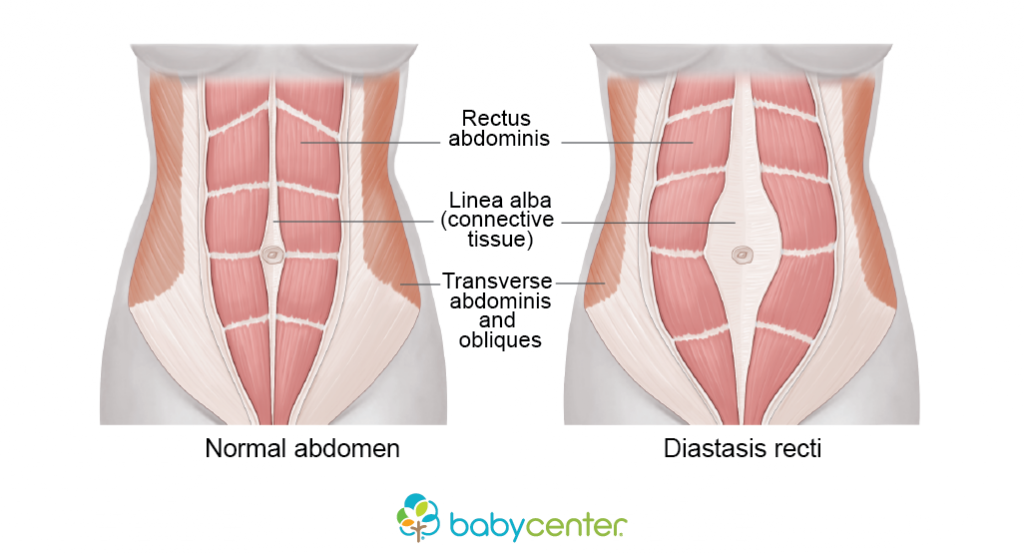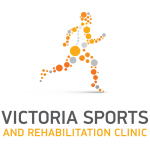Diastasis Rectus Abdominis or DRAM is a separation of the mid-section of the rectus abdominis muscle (one of the 6-pack core muscles) along the fibrous linea alba (which is the line that sits midline). It is an extremely common occurrence in pregnancy with some studies noting it to occur in 66% of women in their third trimester and studies on postpartum women found Diastasis recti in up to 85% of women presenting with at least a 2-finger separation.

Diastasis Rectus Abdominis occur from a combination hormonal causes and biomechanical changes that are associated with pregnancy. During pregnancy there are surge releases of the hormone’s relaxin, oestrogen and progesterone, which are known to soften connective tissue to prepare the body for birth. However, this can lead to over softening and weakening of the linea alba. The combination of this with a growing uterus, change in posture (pelvic and back tilt, growth in breast size), all put increased pressure on the rectus abdominis muscle.
As the abdominal muscles play such an important role in spinal function and support, a compromise of these core muscles can lead to a decrease in control of the lower back, support of the abdominal organs and put increased pressure on the pelvic floor. Because of this, exercise needs to be controlled to prevent worsening of the Diastatis Recti and to avoid injury to other areas as it cannot work in its normal supportive role.
If you think you may be suffering from a Diastasis Recti, it is extremely important that you speak to a practitioner and get it assessed. Once diagnosed, you and your practitioner can come up with a plan to help prevent it from worsening and most importantly keep you comfortable and moving while still pregnant, and assist you in your recovery post pregnancy. Aids such as compressive tub grip, taping and the SRC pregnancy & recovery shorts can be really helpful to help mums feel supported, and assist them in their day to day function.
Exercises need to be limited to ones that do not put too much strain on the core musculature while still pregnant, and post-partum until rehabilitative exercises are deemed safe to do so. Research shows that working on the deeper core muscles, such as the transverse abdominis and pelvic floor, can help support this impairment and prevent further issues with the abdominal organs and lower back. Walking and swimming are still great safe options for these mums to keep up cardiovascular fitness as well as staying mobile. Pilates based rehabilitation exercises focusing on the transverse abdominis, glute/hip regions and postural muscles are also great, but need to be tailored individually and sometimes supervised, so please speak to your practitioner to help you with this.
Unfortunately, recurrence with subsequent pregnancies is high, so if you have had a Diastasis Recti in the past and are planning on another pregnancy it is important to have a strong rehabilitation process and a plan in place to prevent it from worsening in the future. And for all of you post-partum mums, make sure you have an assessment and see how your core muscles are working!
This article is for information only, for a diagnosis and treatment of a musculoskeletal condition consult your Osteopath or primary healthcare professional.
